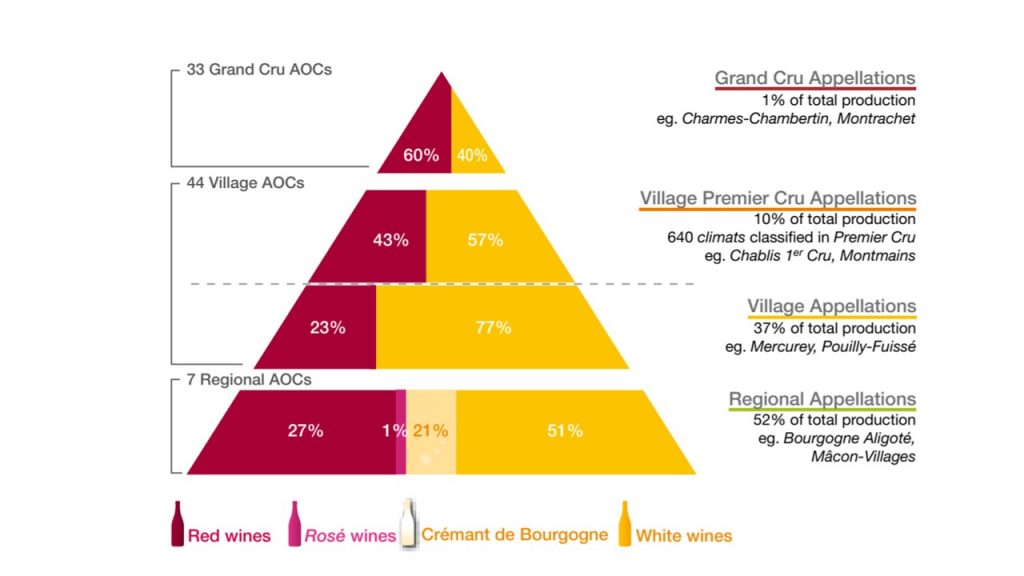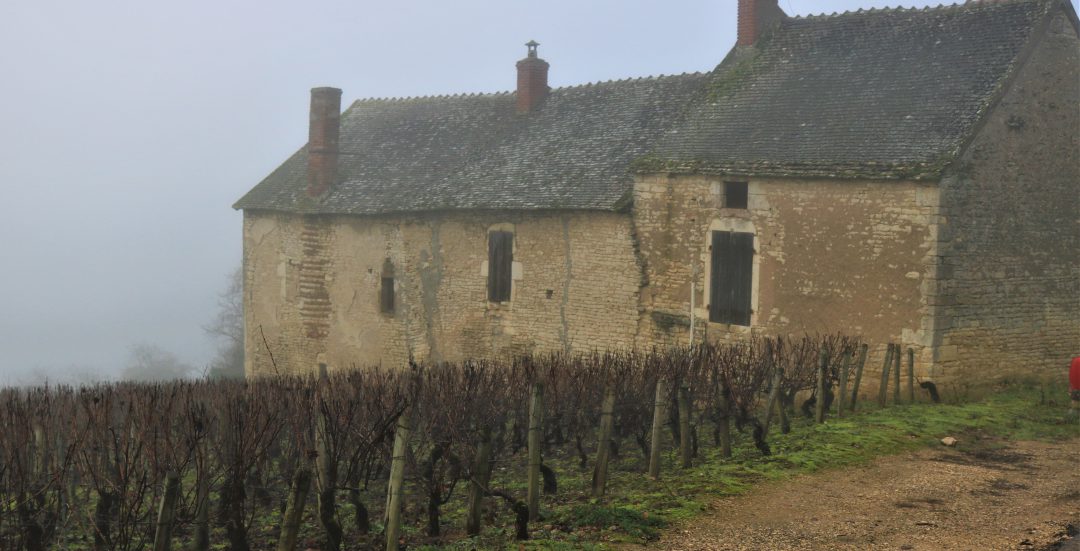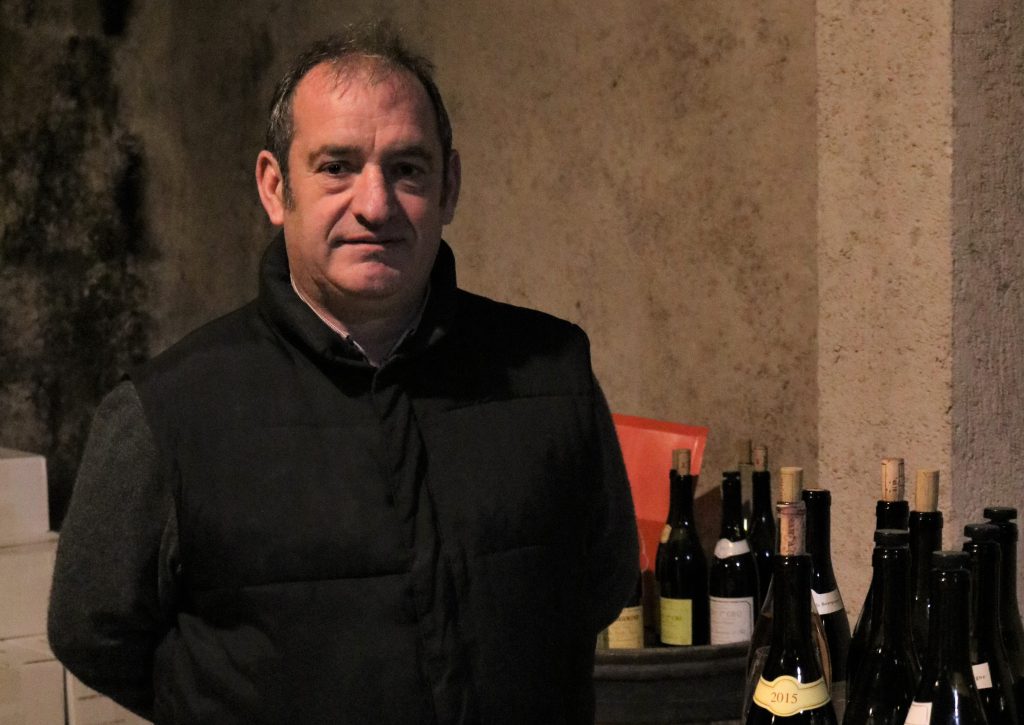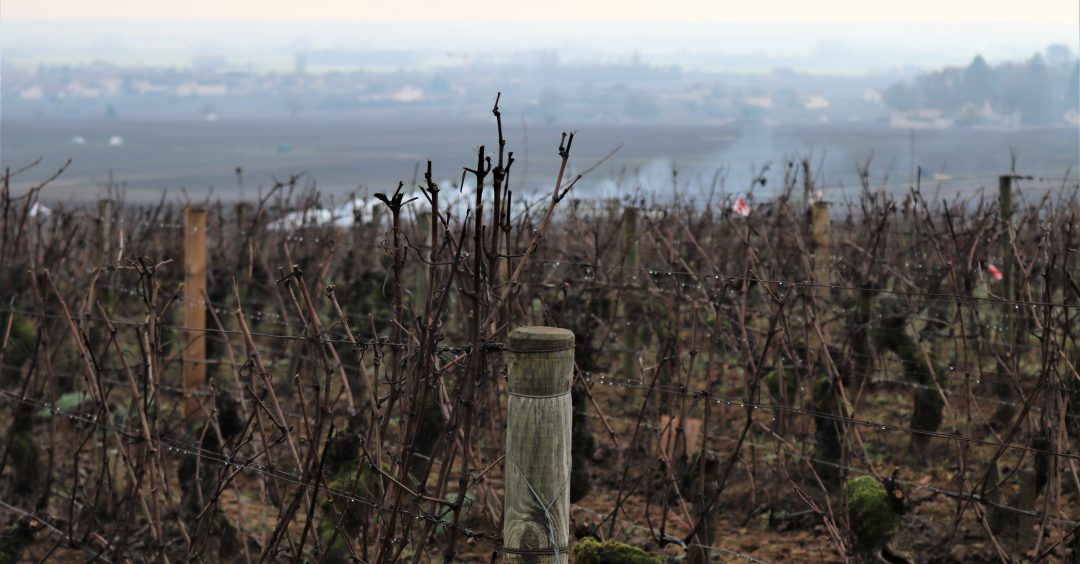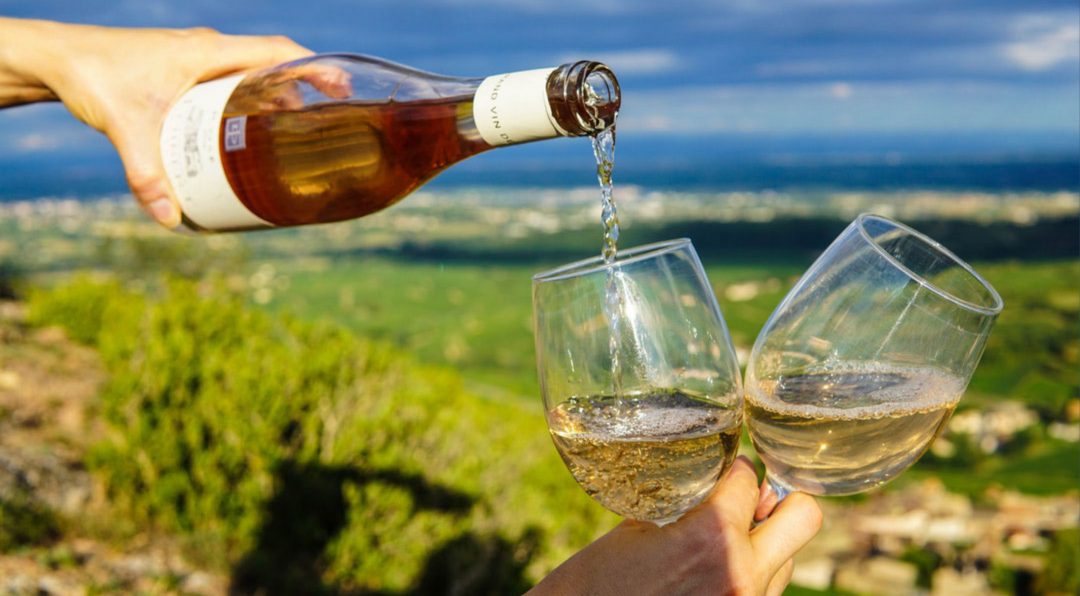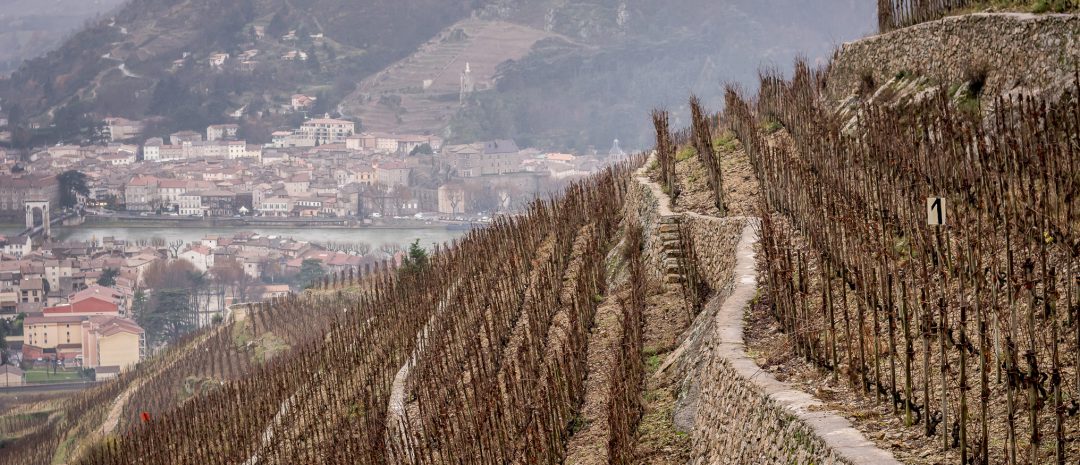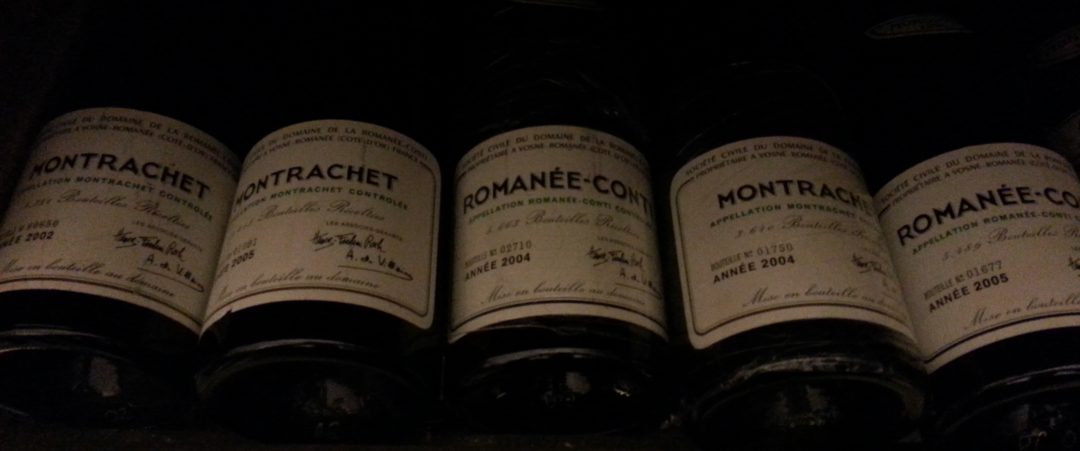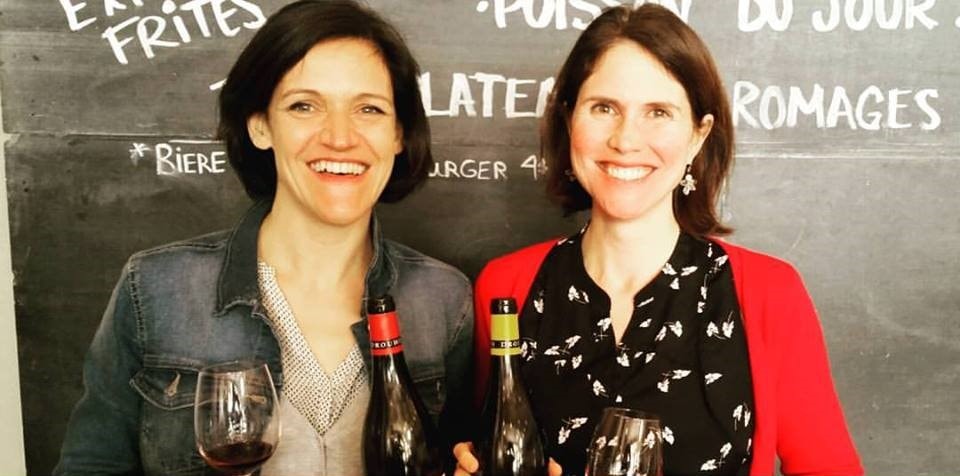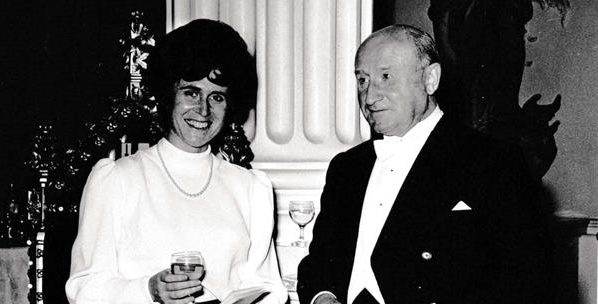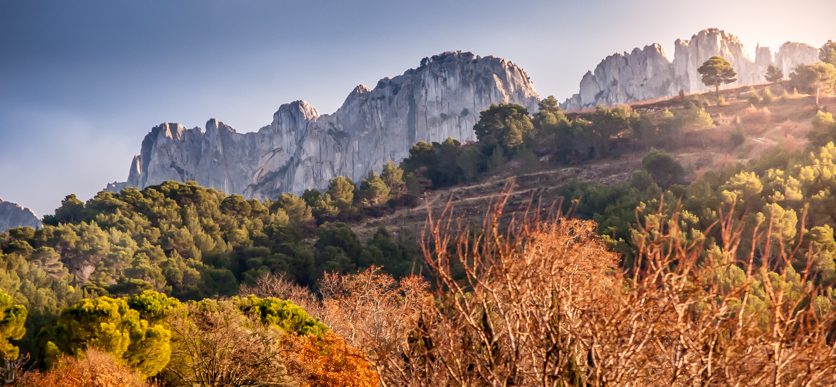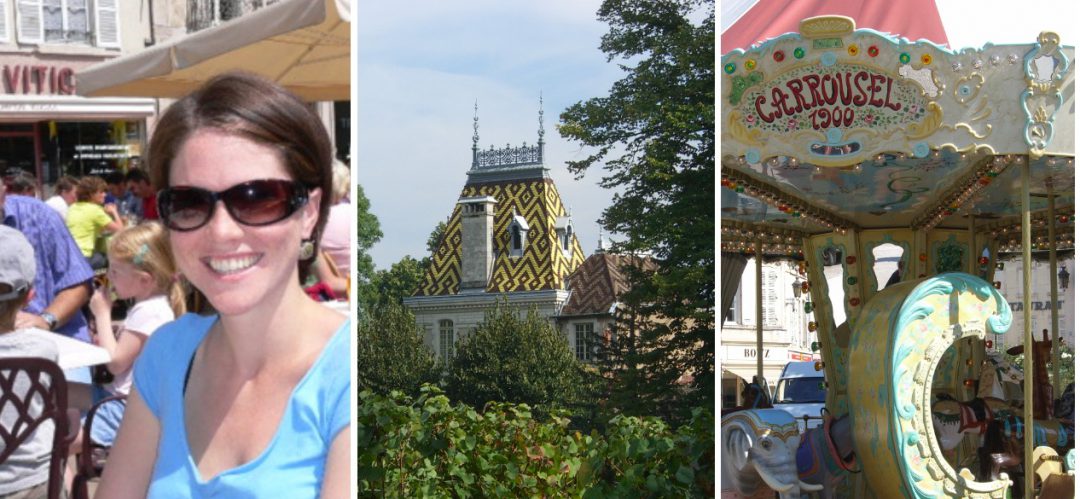The Regional Appellations of Burgundy Revised. Photo credit: Charnay-les-Mâcon, BIVB / Aurélien Ibanez
When the notion of terroir is evoked, Burgundy is often top of mind for wine lovers. The painstaking work of the Cistercian monks in the Middle Ages laid down the foundations for the patchwork of unique terroirs (called climats) that define the region today.
While wine enthusiasts the world over are familiar with Burgundy’s famous village, premier cru, and grand cru AOCs, the regional appellations of Burgundy possess similarly detailed vineyard lieux-dits that are decidedly less well understood. And yet, this tier accounts for over half of total production
Burgundy Appellation Overview
Image credit: bourgogne-wines.com
Quality-minded viticulturists and wine producers the world over have emulated the Burgundian model of carving vineyards into blocks or plots based on individual mesoclimates, soil types, and topographical features. While enthusiasts applaud this origin-specific approach, detractors suggest that creating layer upon layer of appellations, sub-appellations, single vineyards and so forth is an overcomplication in the already complex world of wine. The risk of overwhelming new consumers, already tasked with comprehending grape variety, region, and vintage differences, is indeed high.
So when I initially learned that Burgundy had formalized sub-divisions (some admittedly pre-existing, others new) within the seemingly simple Bourgogne and Mâcon AOCs, I shook my head in despair. These sub-divisions of the Bourgogne and Mâcon AOC are called Dénominations Géographiques Complémentaires (additional geographical indications, or DGIs). There are now 14 DGIs within the Bourgogne AOC and 27 DGIs within the Mâcon AOC.
Sound complicated? That is what I thought. And then, I sat down with François Labet, president of the Bourgogne Wine Board (BIVB), to gain a better understanding of the regional appellations of Burgundy.
Why the Regional DGIs are Useful
Continued high demand, coupled with low production volumes for the village to grand cru tier is making Burgundy less and less attainable for the average wine lover. The idea that Burgundy has become too expensive could serve to drive consumers away, and yet a quick search on the SAQ website reveals over 100 wines at or under $25/bottle.
New wine lovers, who are perhaps familiar with Burgundy’s reputation, but lack the means (or the inclination) to spend a fortune on their first bottle, are starting at the regional level. If the essence of Burgundy is its terroir-focused, climat approach doesn’t it make sense that the regional appellations of Burgundy also reflect their wide diversity of vineyard sites?
As an example, the regional Bourgogne AOC can be used for Chardonnays or Pinot Noirs made from across a swathe of vineyards stretching from Chablis to Beaujolais. Without even considering the wide variety of soil types, altitudes, orientations, etc., the sheer difference in climate from north to south is significant.
When selecting a Bourgogne blanc, the consumer has little idea whether it will be a racy, taut Chablis style wine or a sun-baked, rounded Mâconnais look-a-like (although the latter is more likely). However, if the Bourgogne blanc carried the additional mention “Côtes d’Auxerre”, the curious oenophile could quickly establish that the wine originates from a northerly terroir, west of Chablis, giving them a far clearer idea of the potential wine style.
This is great for involved wine enthusiasts, but what of my initial concern that casual imbibers will be overwhelmed by these additional complexities?
In examining the labels of new regional appellations of Burgundy – those with DGIs – my fears were assuaged. Bourgogne (or Mâcon) remain the AOC, and the prominent mention on the label. Consumers who don’t want to delve further can simply ignore the additional geographic mentions, much as they would a cuvée name.
Also, a number of these place names, like Bourgogne’s Hautes Côtes de Beaune or Mâcon’s Lugny are far from new to Burgundy lovers. They have existed in official capacities for many years, but have now been formally classified within this DGI sub-appellation style hierarchy.
The Seven Regional Appellations of Burgundy
The regional tier of AOC wines accounts for 52% of Burgundy’s total output. White wine reigns in terms of production, making up more than half of production. Red wine volume is 27%, Crémant makes up 21%, and rosé a mere 1%.
- Bourgogne AOC * – Pinot Noir (some César in the Yonne) or Chardonnay wines produced across designated vineyards from Chablis to Beaujolais
- Bourgogne Aligoté AOC – used for white, Aligoté wines made across designated areas of the Burgundy region
- Bourgogne Mousseux AOC – used for red sparkling wines made across designated areas of the Burgundy region
- Bourgogne Passe-tout-grains AOC – used for rosé and red wines made from a minimum of 1/3 Pinot Noir and maximum of 2/3 Gamay, across designated areas of the Burgundy region
- Côteaux Bourguignons AOC – replaces the Bourgogne Ordinaire & Grand Ordinaire appellations; covers large stretches of Burgundy, more permissible white and red grape varieties vs. Bourgogne AOC
- Crémant de Bourgogne AOC – used for white and rosé traditional method sparkling wines made across designated areas of the Burgundy region
- Mâcon AOC * – used for white (mainly) and red wines made across the Mâcon region
- Mâcon Villages – exists within the Mâcon AOC, specifically for Chardonnay wines produced in 11 Mâconnais communes
The Bourgogne & Mâcon Geographical Indications (DGIs)
Certain vineyard areas within the regional appellations of Burgundy: Bourgogne AOC and Mâcon AOC have the right to append their name to the AOC mention, indicating to consumers that the wine comes from a specific, named area. These Bourgogne or Mâcon “plus” wines, as François Labet calls them, must meet stricter production standards in terms of yield and ripening levels.
See the list of DGIs below, you can click on each one to learn more about them.
Bourgogne AOC:
- Bourgogne Chitry
- Bourgogne Côte Chalonnaise
- Bourgogne Côte d’Or
- Bourgogne Côte Saint-Jacques
- Bourgogne Côtes d’Auxerre
- Bourgogne Côtes du Couchois
- Bourgogne Coulanges-La-Vineuse
- Bourgogne Épineuil
- Bourgogne Hautes Côtes de Beaune
- Bourgogne Hautes Côtes de Nuits
- Bourgogne La Chapelle Notre-Dame
- Bourgogne Le Chapitre
- Bourgogne Montrecul
- Bourgogne Tonnerre
Mâcon AOC:
- Mâcon-Azé
- Mâcon-Bray
- Mâcon-Burgy
- Mâcon-Bussières
- Mâcon-Chaintre
- Mâcon-Chardonnay
- Mâcon-Charnay-Lès-Mâcon
- Mâcon-Cruzille
- Mâcon-Davayé
- Mâcon-Fuissé
- Mâcon-Igé
- Mâcon-La Roche-Vineuse
- Mâcon-Loché
- Mâcon-Lugny
- Mâcon-Mancey
- Mâcon-Milly-Lamartine
- Mâcon-Montbellet
- Mâcon-Peronne
- Mâcon-Pierreclos
- Mâcon-Prissé
- Mâcon-Saint-Gengoux-Le-National
- Mâcon-Serrières
- Mâcon-Solutré-Pouilly
- Mâcon-Uchizy
- Mâcon-Vergisson
- Mâcon-Verzé
- Mâcon-Vinzelles


